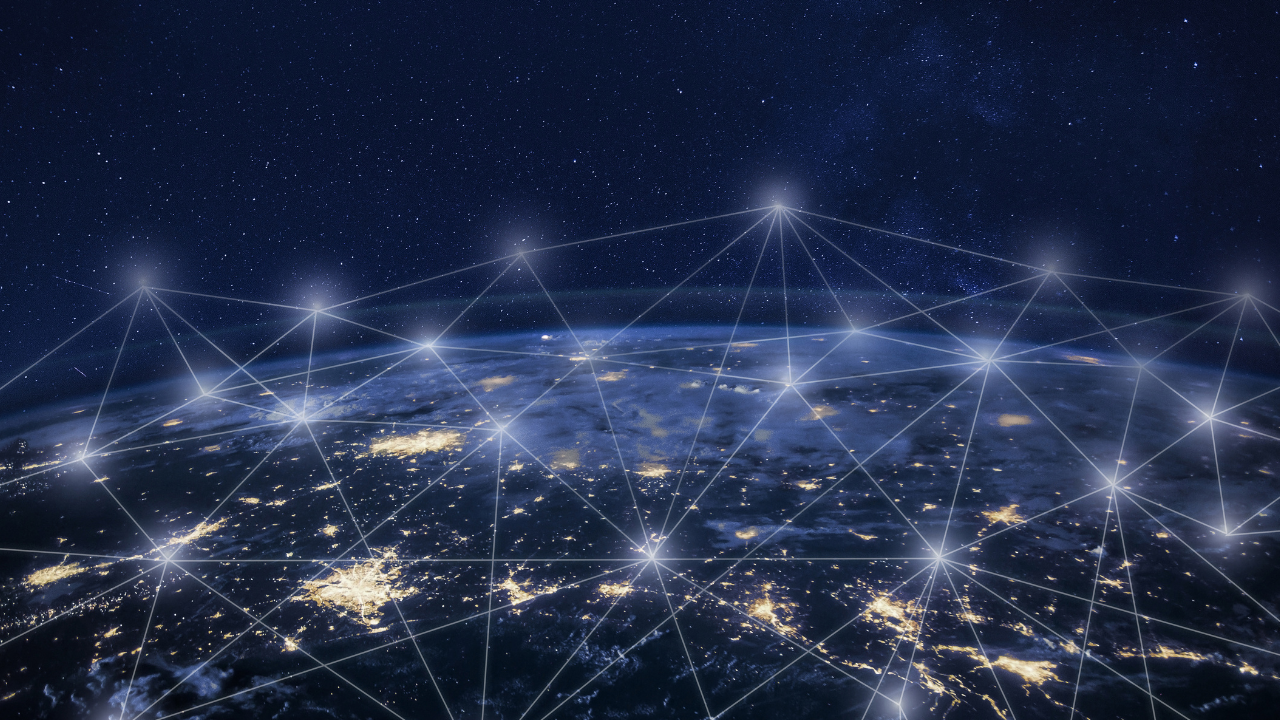
Conceptualized as online communities with shared treasuries and transparent governance, Decentralized Autonomous Organizations (DAOs) have become one of the most flexible coordination tools to emerge from the crypto space. As of 2025, over 13,000 DAOs have been created, with more than 6,000 showing regular activity. Together, they manage $24.5 billion in collective assets and engage over 11 million token holders in decision-making.
While many DAOs began with technical or financial goals, a growing number are now applying the same models to social impact, supporting climate action, funding mutual aid, experimenting with cooperative ownership, and building new forms of civic infrastructure. What sets them apart isn’t just the technology, but the structure: transparent, programmable, and built to scale participation and accountability.
Let’s explore how DAOs are being used for real-world impact—and what it takes to design them for equity, access, and long-term value beyond the crypto-native world.
A DAO is a blockchain-based structure that allows groups of people to make decisions and manage shared resources without centralized leadership.
Often referred to as the first internet-native structure for human coordination at scale, a DAO is governed collectively by its members—often through tokens that grant voting rights—and relies on smart contracts to enforce rules and coordinate actions.
Most DAOs are open source, meaning their code and governance processes are publicly visible and adaptable by the community. At the core of a DAO is a commitment to community governance: members propose ideas, vote on priorities, and determine how funds are used.
This structure makes DAOs well-suited to social impact work, where decisions about funding, priorities, and operations often need to be transparent and community-driven. In a DAO, contributors can propose and vote on how resources are allocated, without waiting on approval from a central board. Treasury activity is visible onchain, and governance processes can be tailored to reflect the values and dynamics of the community involved.
DAOs are being used in a wide variety of ways across the impact space—from funding open-source climate tools to coordinating mutual aid, stewarding commons, and supporting local economies. The diversity of approaches continues to grow, but a few use cases have emerged as especially promising:
Some DAOs are designed to quickly pool funds and distribute them to urgent causes, such as humanitarian relief, mutual aid, or direct financial support. Members contribute to a shared treasury and use onchain governance to decide where the funds go. This approach offers speed, transparency, and global participation that traditional systems often lack.
A powerful example is Ukraine DAO, launched in early 2022 to support civilian relief efforts during the Russian invasion. Backed by activists, artists, and Ethereum community members, the DAO raised over $7 million in ETH and donated directly to vetted organizations providing medical aid and protective equipment. All funds were tracked onchain, and decisions were coordinated transparently by the community.
Some DAOs are structured to allocate capital, supporting early-stage projects, open-source tools, or mission-aligned nonprofits. Rather than rely on traditional funders or centralized boards, these communities pool resources into a shared treasury and make funding decisions collectively.
What makes this model distinct is its flexibility, openness, and reach. Proposals can come from virtually any member in the community, and discussions happen in public. This often means that capital can flow to projects that would never pass through a conventional grant process—whether because they’re too experimental, too localized, or outside the bounds of institutional logic.
MetaCartel Ventures helped pioneer this approach by funding Ethereum-based dApps through member-led proposal reviews and community-driven investment. And Nouns DAO also fits this model: Through daily NFT auctions, it builds a substantial treasury and funds proposals through DAO-wide voting. Past grants have supported open-source infrastructure, education programs, and nonprofit partnerships—all tracked transparently onchain.
As DAOs evolve beyond finance and governance, one of the most promising frontiers is knowledge—how it's created, valued, and shared. In areas where institutional funding is slow, exclusive, or overly rigid, DAOs offer an alternative: open networks that support public knowledge and reward meaningful contributions from a broader range of people.
This model is especially useful for researchers, educators, and creators working on topics like governance, climate justice, or scientific access. Instead of relying on grants or academic institutions, communities can decide what matters, how to fund it, and who gets recognized.
One example is COOL Research DAO, a new initiative led by a group of astrophysicists who wanted to reimagine how space science is done. Rather than working within the limits of traditional academic hierarchies, they designed a DAO to make astrophysics research more collaborative, transparent, and globally accessible. It brings together scientists, coders, and even public communicators to co-create and fund research on the origins of the universe—using onchain tools to coordinate contributions and share results openly.
DAOs are starting to find their footing in the social impact world—not because they’re a Swiss army knife for every problem, but because they offer structural options many communities haven’t had before. In places where traditional systems are too rigid or too slow, DAO-based coordination opens new room for action.
What matters, though, isn’t just where DAOs are used, but how well they’re built and run. Designing governance that’s inclusive, making participation meaningful, and managing funds transparently are the hard parts. With the right design and care, DAOs can become practical foundations for collective action—not just experiments, but actual infrastructure.
Support thoughtful, independent crypto journalism and help us continue highlighting blockchain’s potential for social and environmental impact.
cryptoaltruists.eth